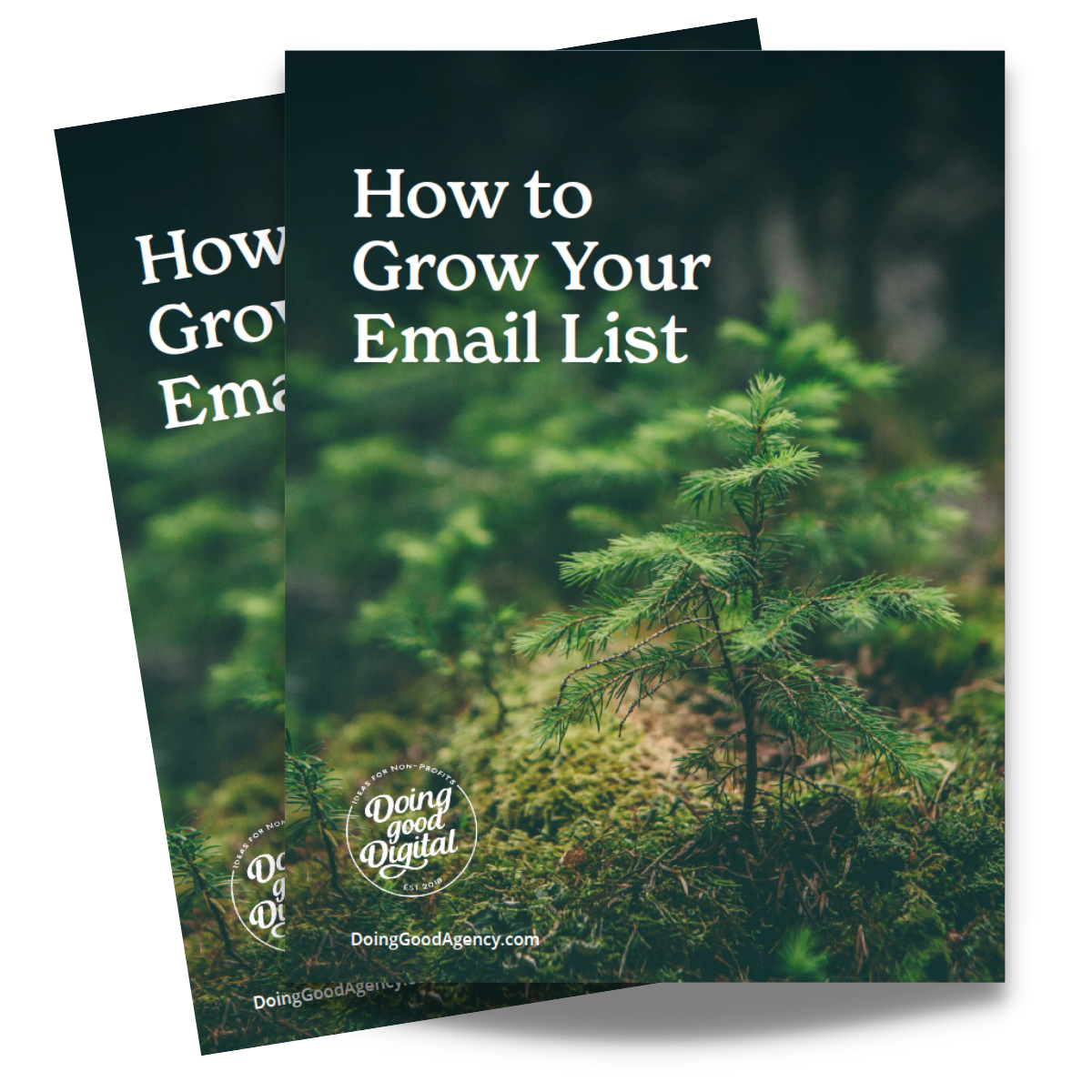Make Unsubscribes Work for You: Tips for Nonprofits

Let’s be real—nobody loves seeing unsubscribe requests. But for nonprofits, it’s not all bad news. An unsubscribe page is actually a chance to show your supporters that you respect their preferences while keeping the door open for future engagement. Whether someone is overwhelmed with emails or just adjusting their involvement, how you handle their opt-out process can leave a lasting impression.
The good news? With a little thought and creativity, you can turn an unsubscribe into a moment of connection. From offering flexible email preferences to highlighting the impact of your work, this post will walk you through the steps to create an unsubscribe experience that feels good for everyone involved. Let’s get started!
1. Make it Simple and Transparent
The unsubscribe process should be quick and straightforward. Include a clearly visible “Unsubscribe” link in your emails, and don’t require a login to complete the action. A user who wants out should never feel trapped—complicated processes risk frustrating users and may lead them to mark your emails as spam, which harms your sender reputation.
Allow users to opt out with a single click if needed, but also provide additional engagement options to keep the relationship alive in other ways (more on this below).
2. Offer Email Preferences
Sometimes, people unsubscribe simply because they’re overwhelmed. Give them the power to choose how often they hear from you or which types of content they want. For instance:
Frequency options: Daily, weekly, monthly, or quarterly updates.
Content categories: Updates on volunteer opportunities, event announcements, or success stories.
3. Remind Them of the Value
On the unsubscribe page, include a reminder of what they’re leaving behind. Highlight how your emails support your mission, provide value, or deliver tangible impact (e.g., “Stay updated on how your contributions are helping save lives!”). This can encourage supporters to reconsider opting out entirely.
4. Include Alternative Engagement Options
If someone is set on unsubscribing, provide other ways to stay involved, such as:
- These options allow supporters to remain connected even if email isn’t their preferred communication method.
- Following your organization on social media.
- Signing up for updates in other formats, like a quarterly newsletter.
- Viewing updates directly on your website or blog.
5. Ask for Feedback
A short, optional survey can help you understand why someone is leaving. Common reasons include irrelevant content, overly frequent emails, or a change in interests. Use this data to improve future campaigns. However, keep the survey brief—one or two multiple-choice questions are enough.
6. End on a Positive Note
Once the unsubscribe process is complete, thank the user for their past support and leave the door open for future re-engagement. A friendly message like, “We’re sorry to see you go, but we hope to stay connected in other ways,” can leave a positive impression.
7. Keep It Compliant
Ensure your unsubscribe process complies with email marketing laws, such as CAN-SPAM in the U.S. or GDPR in the EU. These regulations require an easy opt-out process and prohibit further emails after a user has unsubscribed.
BONUS: Send a Re-Engagement Email Before They Leave for Good
Before someone unsubscribes, you might have one last chance to keep them. Sending a re-engagement email to inactive contacts can remind them why they joined your list in the first place.
Tips for a Re-Engagement Email:
- Make it personal: Address them by name and acknowledge their past involvement (e.g., donations, volunteering).
- Offer something valuable: Include an exclusive update, a thank-you gift, or an invitation to an event.
- Be transparent: Let them know they can unsubscribe or update preferences with a single click.
For example, a subject line like “We Miss You—Here’s What’s Happening!” or “Do You Want to Stay Connected?” can catch their attention and provide one last opportunity to retain their support.
A well-designed re-engagement campaign not only reduces unsubscribe rates but also helps refine your email list to include those who are truly interested in staying connected
An unsubscribe page is more than just a formality—it’s a chance to show your supporters that you respect their choices and still value their connection. By offering easy options like email preferences, reminding them of your mission’s impact, and giving alternative ways to stay engaged, you can turn an unsubscribe into a positive experience. With these best practices, your organization can ensure that even when someone opts out, they’ll leave with a good impression and might stay connected in other ways.
Need a hand? Contact us today for expert help in creating a seamless unsubscribe experience that keeps your supporters connected.





